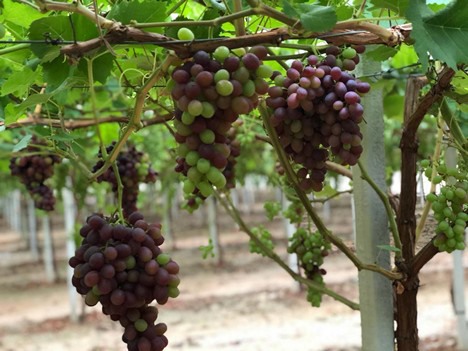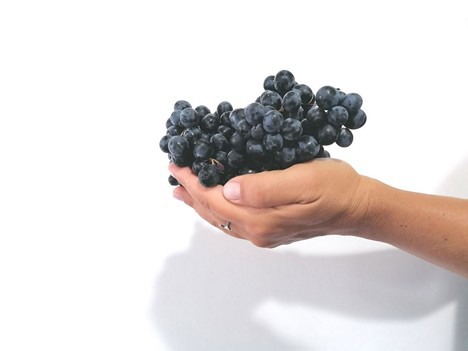Italian grape growers are busy harvesting and marketing their crops, but this season, once again, there is controversy over the use of plant protection products. An employee of the Technical and Scientific Committee of the Italian Grape Commission talked about this. The committee consists of a team of 30 professionals made up of university lecturers, technicians and agricultural experts from Italy's two main growing regions, Apulia and Sicily.
FP (Freshplaza): Are grapes among the fruits with the highest residue levels?
(TSC) Technical and Scientific Committee: "When it comes to retail, grapes have to meet high quality standards. As regards to plant protection products, the vast majority of the chains require that grapes contain a maximum of 4 residues of plant protection products. The latter are subject to a strict approval procedure dictated by European regulations, which set concentration limits in fruit and vegetables based on the toxicological characteristics of the active substances present in the plant protection products."

The legal limits are already safe per se and are periodically revised as a result of changes in the state of scientific evidence regarding toxicity, the environment and other factors affecting residues. As a result, many large-scale retail chains require their producers to supply grapes with residues of active substances below 30% of the legal limits. Therefore, the limited number of residues (max. 4) and the fact that they are more than a third below the legal limits makes the grape supply chain highly safe and on a par with other fruit and vegetable products.
FP: How can we disprove these claims and reassure consumers?
TSC: Because the distribution chains impose restrictions on active substances, it is in the interest of table grape producers to supply customers with grapes well below the already severe restrictions, because it affects the market penetration. This is why some suppliers are trying to produce zero residue so that they can meet the needs of all their customers. In addition, grape growing has changed a great deal over the last fifteen to twenty years. Grape growers are making extensive use of vineyard covers, which reduce the phytosanitary problems of the crop and, consequently, the need for phytosanitary treatments; they use many agro-pharmaceuticals accepted in organic farming and apply sexual confusion to control the most important phytophagous organisms, so that they do not need to be treated at all, thanks also to the presence in the area of a careful and widespread technical assistance provided by a large number of experts.

FP: Some people claim that these chemicals remain on the grapes even after they have been rinsed. Is this really the case? What can eventually be done to remove them?
TSC: The analyses that are carried out to determine the residues of active substances present on the grapes are performed on unwashed bunches in specialized laboratories and with very high-tech devices. If the results of the analyses already satisfy customers, rinsing can only improve the situation. In any case, it is a good habit to rinse grapes, as well as other products, before consumption.
